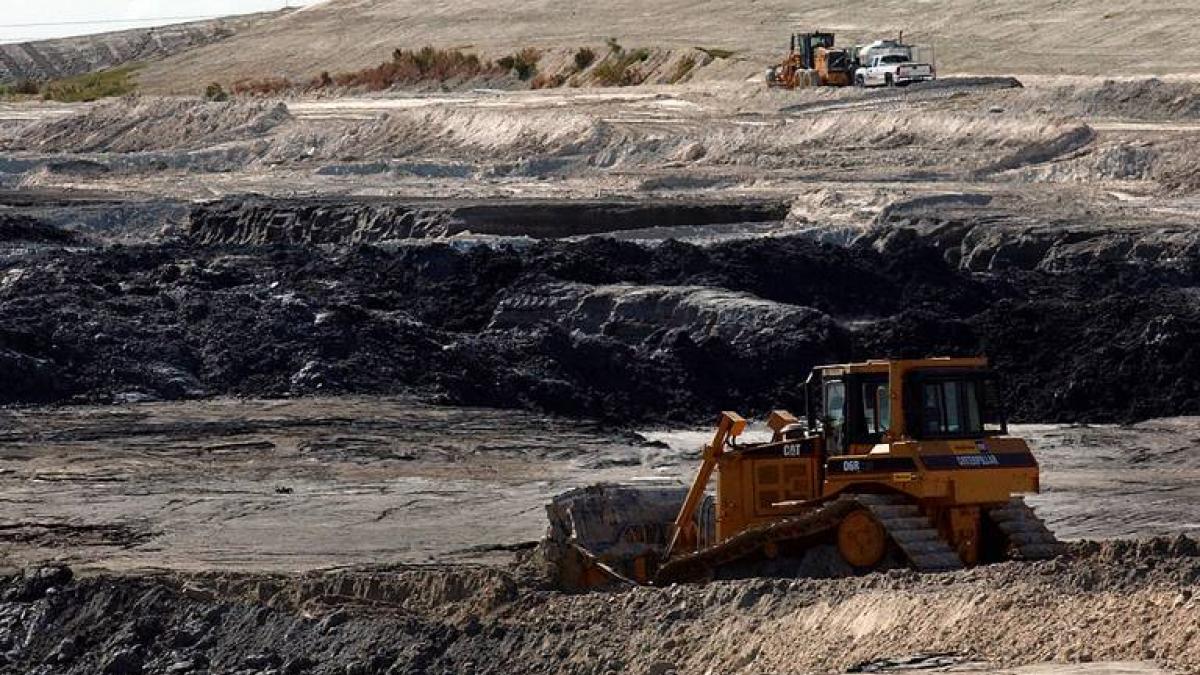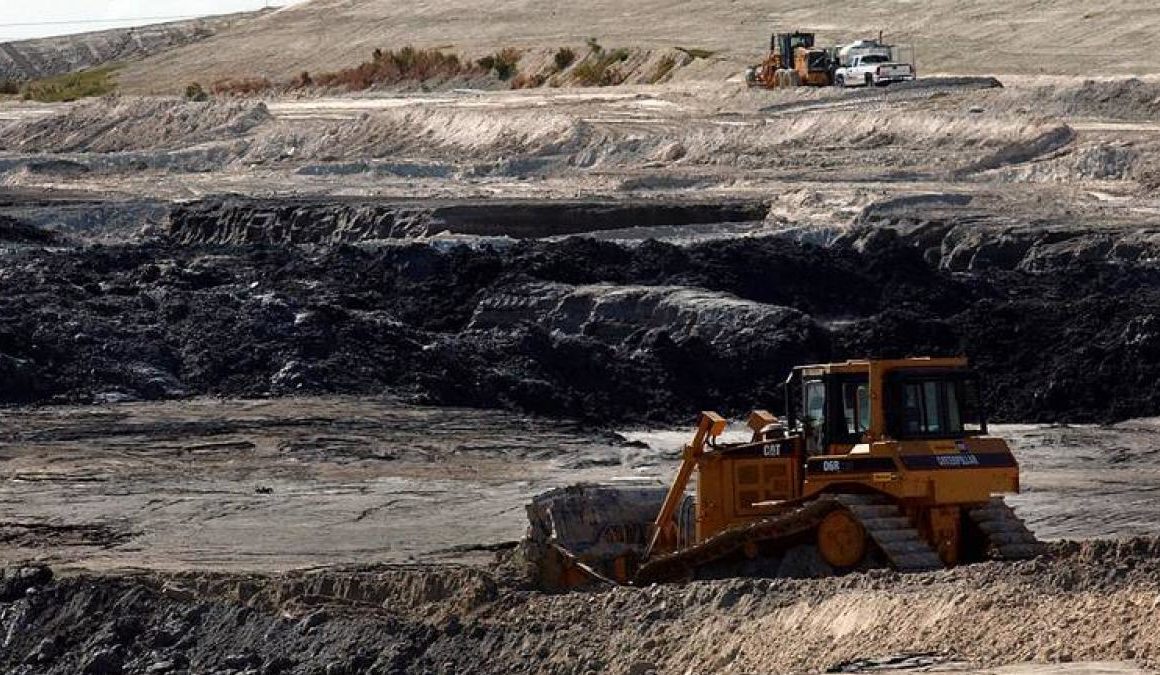
We all want the disaster and controversy around Piney Point to go away. For many of us in the Tampa Bay area, Piney Point has been a heavy load we’ve been carrying for decades.
By Lindsay Cross
The emergency discharge of 215 million gallons of polluted water from the Piney Point phosphate facility into Tampa Bay in April 2021 was just the latest and most egregious assault to the environment and people of the Tampa Bay region. The polluted water, containing more than 200 tons of nitrogen and phosphorus, fed and worsened an existing red tide algae bloom, leaving thousands of tons of dead fish and marine life washed up on our beaches and canals.
The phosphate processing facility was first constructed in Manatee County in 1966 by Borden Chemical. Since then there have been five ownership changes, five emergency discharges of polluted, toxic water into Tampa Bay (1998, 2001, 2003, 2011 and 2021), and three deaths at the facility. There have been releases of toxic fumes into our air, pollution leaks into our groundwater, hundreds of tons of nitrogen and phosphorus dumped into our bay, and emergency evacuation orders for our neighbors and businesses. All of this has cost taxpayers tens of millions of dollars to clean up the mess when two corporations (Mulberry and HRK Holdings LLC) that profited off the site filed for bankruptcy and abandoned it. Unfortunately, taxpayers will continue to be on the hook for hundreds of millions more as the state proceeds with a plan that lacks details on important water quality measures and does little to incorporate public input.
These spills and the overall mismanagement of the facility have severely impacted our water quality, environment, public health, and economy. So it’s understandable that the Florida Department of Environmental Protection (FDEP), Manatee County, and others are doing whatever it takes to finally make it go away. That “away” will be a few thousand feet underground, where the polluted industrial wastewater will be pumped with the hopes that it stays there, buried deep beneath the surface, so we can finally forget about it.

On December 16, as many of us were preparing for the holiday season, FDEP filed a permit for Manatee County to construct and operate a Class I Underground Injection Control (UIC) well to dispose of the hundreds of millions of gallons of acidic, polluted industrial wastewater remaining at Piney Point phosphogypsum facility. Earlier this summer, FDEP indicated that it would likely issue the permit and went through some perfunctory steps to gather public input and respond to questions. Between September and October, they received 7,356 public comments, including some provided in person at a public open house on October 6.
But despite the outpouring of public concern, many of the questions we have about the safety and efficacy of this plan remain unanswered. And after reviewing the 60-page permit, it seems that very little has been done to address the genuine concerns of thousands of Floridians. Florida Conservation Voters, in particular, requested that a water treatment plan be developed and vetted by the environmental community prior to permitting and constructing an injection well. The hope was that there could be a reasonable level of pre-treatment to remove pollutants, metals, and any lingering radioactive properties that are a byproduct of the phosphate process, prior to its ultimate disposal.
But no plan exists and treatment is more geared towards protecting the well than protecting public and environmental health. The FDEP permit review of public comments only said: “The injectate will undergo treatment before injection. The treatment will consist of adjusting the pH, which will precipitate solids to reduce the potential for scale and precipitation of minerals in the formation, followed by filtration of the water prior to injection. The treatment will protect the aquifer formation and the well from precipitation and scale build-up by removing calcium and phosphate.”
While deep injection wells are designed to be isolated from drinking water sources, a comprehensive plan that outlines nutrient removal standards or other proactive water quality improvements would provide a level of assurance to the local community that our environment and public health would be adequately protected.
This is a reasonable request because it’s clear that we, the taxpayers, will be paying for the well. But when we asked about it, we got a complicated answer to a simple question. The FDEP could have said that plainly: “Phosphate companies should pay for cleanup, not the county or taxpayers.”
Instead, they elaborated a bit in the comment section stating: “The phosphate company that last operated the Piney Point site filed for bankruptcy in 2001, and is no longer a viable company. While the state’s financial assurance rule requirements were strengthened in 2005, the bankruptcy itself left the site with unfunded water management and closure obligations at that time. The cooperative efforts by a combination of state and local agencies are focused on completing water removal that is necessary before closure of the lined ponds on top of the phosphogypsum stack system at the site can be completed.”
But it can be summed up as “the taxpayers will.”
The response to the crisis and eventual closure of Piney Point sets a precedent for how we deal with – and hopefully avoid – future environmental disasters. It is imperative that we close down Piney Point, however, we owe it to the taxpayers to better inform and engage them in the process.
This is the first in a series of editorials that will give readers and organizations the opportunity to share their opinions with a wider audience, although they are not necessarily the views of the Tampa Bay Regional Planning Council or its members. This column was originally intended to be one article in a pro-con debate on the Piney Point cleanup but the FDEP did not respond to multiple requests for an article explaining their decisions.
Lindsay Cross is the water and land policy director for Florida Conservation Voters, an organization that connects voters with their elected officials to advance responsible public policy.
